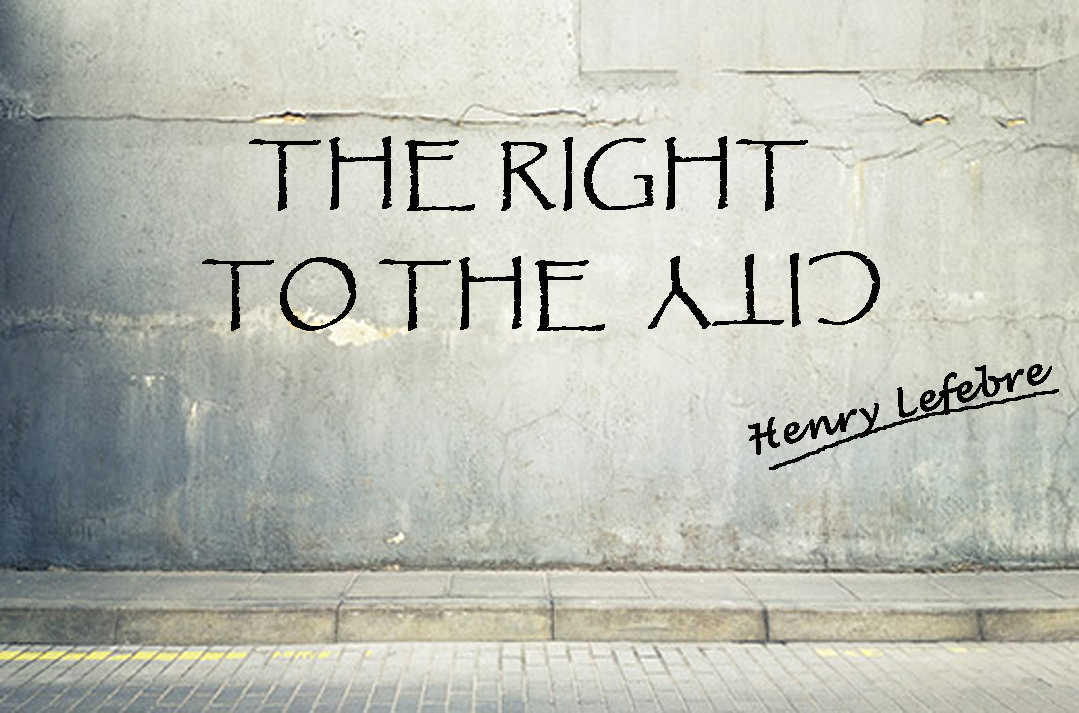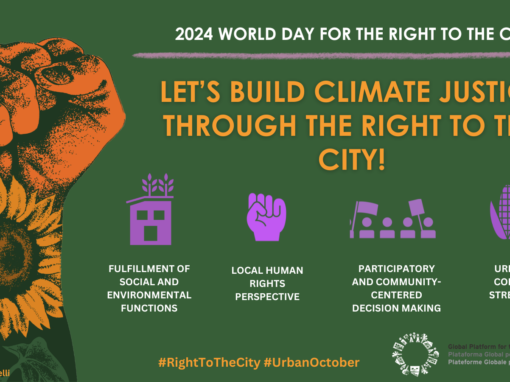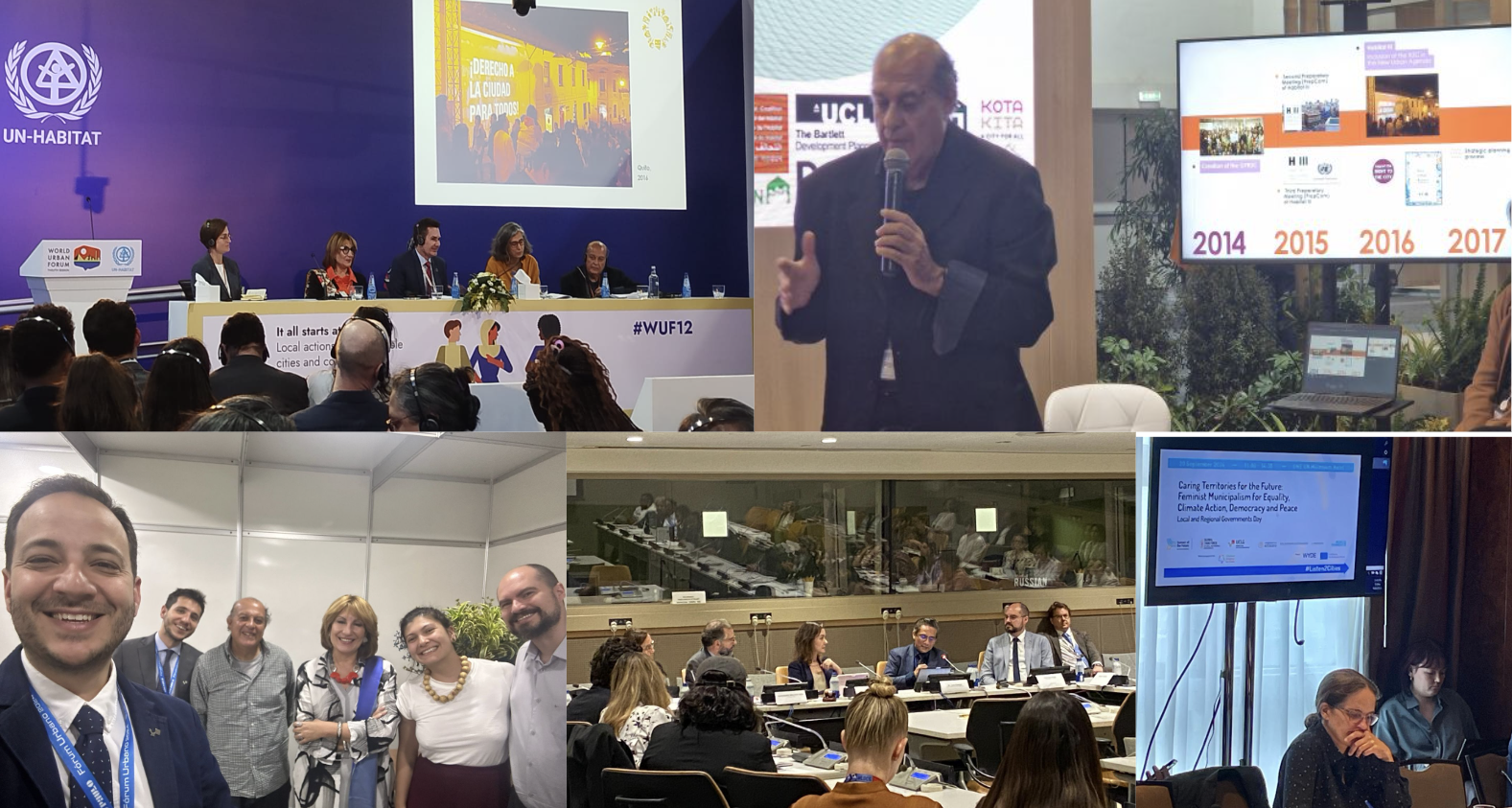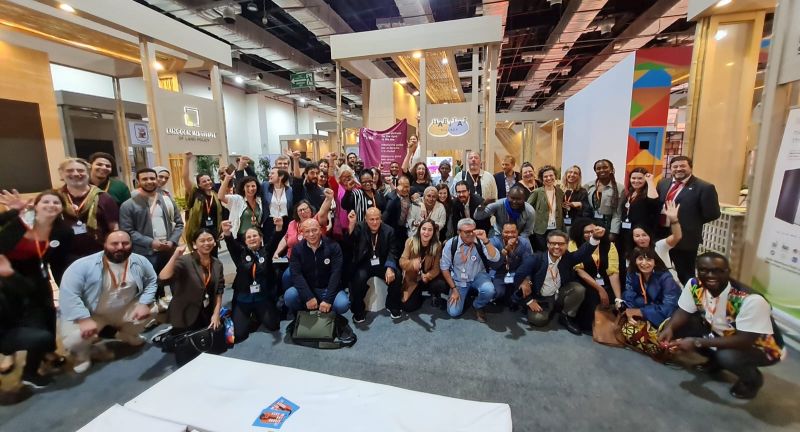On World Day for the Right to the City, we want to commemorate the 50th anniversary of Henri Lefebvre’s inspirational work “The Right to the City” with a display of initiatives to celebrate this book from different perspectives and workspaces. In this edition of the newsletter, authors – from social movements, local governments and academia – share the different proposals carried out in different formats, from debates to urban walks, workshops, articles, magazines, exhibitions, screenings, concerts, and so on. – These contributions, from many different parts of the world, are in order to continue debating this right and reflecting on how to implement it here and now.
In this half-century, Lefebvre’s work has repeatedly opened our minds and called us to collective action: it pushes us to hoist the Right to the City as a utopia or a political flag agglutinating demands and urbanstrugglesagainstthespatialexpressionsofthedominationoffinancial capital, excluding and segregating. It calls us to the struggle to achieve greater incidence in the definition of urban policies. It makes us reflect and debate in a recurrent manner from different disciplines, forums and places in the world. And after these 50 years of struggle we can celebrate that this right is already formulated and recognized in legal instruments and public policies, both locally and nationally, and its references are increasingly frequent in international documents, such as the New Urban Agenda.
What is the strength of Lefebvre’s message that continues to call us to revolution? The force of urban life that makes “the messages, the orders, the pressures coming from high instances turn against themselves. It tries to appropriate time and space, breaking with the dominion they establish, removing them from their objective, short-circuiting them. […] The urban would be like this, […] the work of the citizens, instead of imposing itself on them like a system, like a book already finished”.[i]
The singularity of Lefebvre’s work lies in the incorporation of the social dimension into his theory of life, “the urban”, which transcends the material dimension of “the city”, the physical product. The urban is the essence of the city, the real experience of space, where social relations, social and mental time are projected. The city is the tangible, the set of infrastructures, streets, institutions… It is the opposition between the space produced by the inhabitants, who use it and dream of it, and the abstract space ordered by the market.
Lefebvre reminds us that the content of the Right to the City is set by the inhabitants, who are the ones who create, produce and live in the cities. This right proposes a real appropriation by the inhabitants of their living conditions and a control of the decisions that concern them. As Lefebvre himself says: “The right to the city cannot be conceived as a simple right to visitor as a return to traditional cities. It can only be formulated as a right to urban life, transformed, renewed”. [ii]
Let us celebrate this October 31st, World Day for the Right to the City, honouring Henri Lefebvre by reaffirming our commitment to continue fighting and implementing the Right to the City within a human rights habitat for everyone.
[i]Lefebvre, H. (1968/2016). El derecho a la ciudad. Madrid: Capitán Swing. P. 88. Own translation
[ii] Idem. P. 139. Own translation





